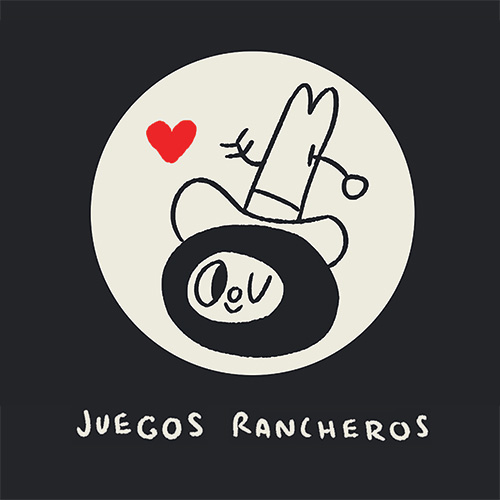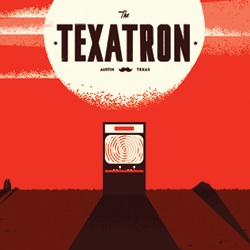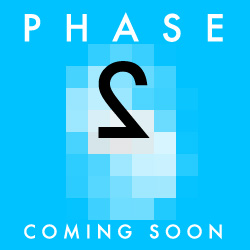GIMME INDIE GAME: THE ALLURING LANGUAGE OF COSMIND’S GLUM BUSTER
In setting out to write this, I spent too much time thinking about which screenshots to use — whether I should keep the earliest grabs, move forward through the various worlds, whether I’d be spoiling anything in doing so — but in the end it hardly matters, because there’s almost no part of Glum Buster‘s essence you can properly capture in static shots.
What you can get a sense of, I suppose, is its curiously drawn world: rough-sketched solid colors, but intricately detailed and made up of tiny shards and fragments of pixels, and colored just a shade on the side of wrong — recognizable but also recognizably alien.
When Glum Buster was first released — it’s been some months now, after a four year gestation period, a typical labor of love story from its otherwise gainfully/full-time industry employed creator, Justin ‘CosMind’ Leingang — a lot was made of its surreality, its near-inexplicableness.
But I think that somewhat misses the point: at heart, Glum Buster is really quite traditionally structured and controlled. It’s a platforming game that also lets you fly, it’s a game that relies on colored switches to turn on and off like-colored blocks, it’s mechanics you’ve been playing with for the past two decades, only in this game, they’re spoken through a different language. As with games like Eric Chahi’s vector-classic Another World/Out of this World, it’s familiarity set in entirely unfamiliar territory, with no guiding exposition (apart from some very basic initial keyboard guides).
Luckily, Glum Buster‘s language is made up with so few syllables that it makes trying to communicate with the game a reward of its own. Your on-screen character essentially has two actions: a left-mouse-click red firing button, and a right-mouse-click more general purpose blue attracting button. With just those two buttons, you essentially have everything you need to solve every problem that the game throws at you, even when the creatures and layouts and puzzles come at you speaking in their foreign tongue.
Even one of the game’s most basic, repeated interactions is never fully explained to you, but all it takes is one frustrated volley of rapid-fire clicks for it to suddenly sound a chime and make you realize that you were actually much closer than you thought. That’s the way Leingang repeatedly chooses to allow you to explore and affect his world: never speaking, always quietly grinning, knowing that you’re right on the verge of stumbling perfectly into the solution.
Leingang’s been fairly adamant about keeping the game’s mysteries to himself: that’s why even in December, after it’d won the 2008 Austin GDC’s Indie Games Festival showcase, I still had essentially nothing to go on.
To tip that scale just slightly, I’ve embedded a video below the fold that will step you through the first five or so minutes of the game, but I actually recommend you don’t watch the video until you’ve played at least as much yourself — the blind experience and the consistent sense of wonder is one of Glum Buster‘s greatest strengths, and one of the best reasons that playing through the game is one of the highest tick-boxes on this year’s indie-games to-do list.
As a final aside: Leingang’s trying a new revenue model for the game, and, rather than asking for simple donations, is setting aside a sliding percentage of the game’s financial in-take to charity: the more you give, the more he gives away, and there can’t be a much better incentive to support him for this than that.
Glum Buster home [CosMind]
See more posts about: Gimme Indie Game, Offworld Originals






